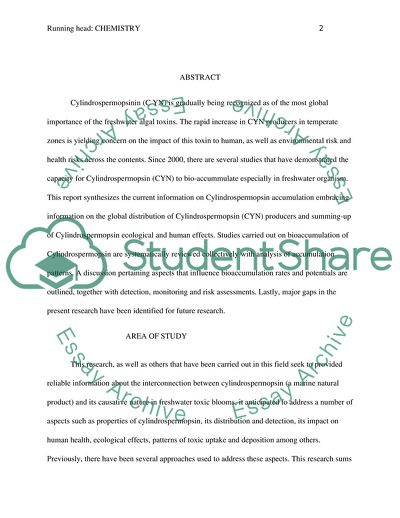Cite this document
(Synthetic Studies Towards Cylindrospermopsin Lab Report - 1, n.d.)
Synthetic Studies Towards Cylindrospermopsin Lab Report - 1. https://studentshare.org/chemistry/1760471-synthetic-studies-towards-the-marine-natural-product-cylindrospermopsin-the-causative-agent-in-freshwater-toxic-blooms
Synthetic Studies Towards Cylindrospermopsin Lab Report - 1. https://studentshare.org/chemistry/1760471-synthetic-studies-towards-the-marine-natural-product-cylindrospermopsin-the-causative-agent-in-freshwater-toxic-blooms
(Synthetic Studies Towards Cylindrospermopsin Lab Report - 1)
Synthetic Studies Towards Cylindrospermopsin Lab Report - 1. https://studentshare.org/chemistry/1760471-synthetic-studies-towards-the-marine-natural-product-cylindrospermopsin-the-causative-agent-in-freshwater-toxic-blooms.
Synthetic Studies Towards Cylindrospermopsin Lab Report - 1. https://studentshare.org/chemistry/1760471-synthetic-studies-towards-the-marine-natural-product-cylindrospermopsin-the-causative-agent-in-freshwater-toxic-blooms.
“Synthetic Studies Towards Cylindrospermopsin Lab Report - 1”. https://studentshare.org/chemistry/1760471-synthetic-studies-towards-the-marine-natural-product-cylindrospermopsin-the-causative-agent-in-freshwater-toxic-blooms.


